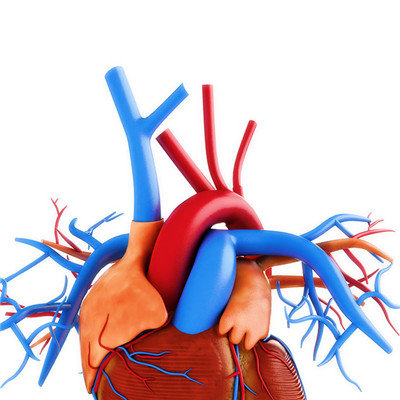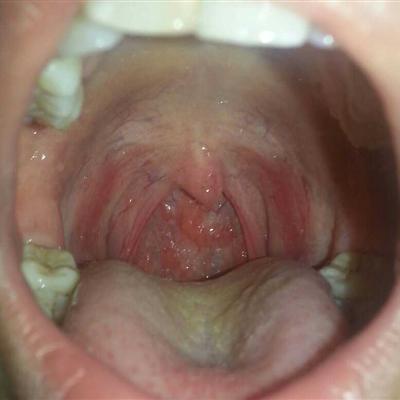What is the cause of Neuroarthropathy?
summary
Neuropathic arthropathy, also known as neurotrophic arthropathy, neuropathic osteoarthropathy and Charcot arthropathy, is a secondary arthropathy caused by joint proprioception and pain disturbance, loss of protective response and repeated injury. What is the cause of Neuroarthropathy?
What is the cause of Neuroarthropathy?
It is known that both central and peripheral neuropathy can be secondary to osteoarthropathy. The common diseases include tabes, syringomyelia, diabetes, spinal cord and peripheral nerve injury, leprosy, multiple sclerosis, myelomeningocele, amyloidosis, congenital absence of pain, tuberculosis, tumor invading nerve, alcoholism, familial autonomic nerve abnormality, and so on Familial interstitial hypertrophic polyneuropathy, Charcot Marie Tooth disease, etc. Among them, tuberculosis, syringomyelia and diabetes are the most common causes of neuropathic arthropathy.

It can occur in any joint, including the spine, but most of the joints in the extremities are involved. Due to different neurological diseases, the predilection sites are different. Such as hemiplegic patients with joint deformity is also in the side; Syringomyelia joint lesions mostly occur in the upper limbs, shoulder and elbow joints are most often involved, a few in temporomandibular, sternoclavicular, wrist and finger joints. Tuberculosis of the spinal cord mainly affects the lower limbs, the knee joint is the most frequently involved, followed by hip, tarsal, shoulder, elbow, ankle, toe (finger) joint and spine. Diabetic neuropathy often occurs in small joints of the foot, such as interphalangeal joints.

Neuropathic arthropathy is mostly painless, although the joint damage is obvious and deformity appears, but the degree of joint dysfunction is light; The degree of joint pain, deformity and destruction of other arthritis is consistent with joint dysfunction. As the primary disease is of guiding significance to clinical treatment, we should inquire about the medical history in detail, conduct comprehensive physical examination and laboratory examination in order to find out the primary disease. The diagnosis of neurogenic joint disease mainly solves two problems: whether it is neurogenic joint disease and what kind of neurogenic joint disease it is.

matters needing attention
First of all, we should find out the cause, and then treat it. Diabetes is controlled by diet and oral hypoglycemic drugs, which can not only treat primary disease, but also improve joint symptoms. The course of the disease is often more than a few months or even a year. The prognosis varies with the severity of the disease and the response to surgical treatment.















